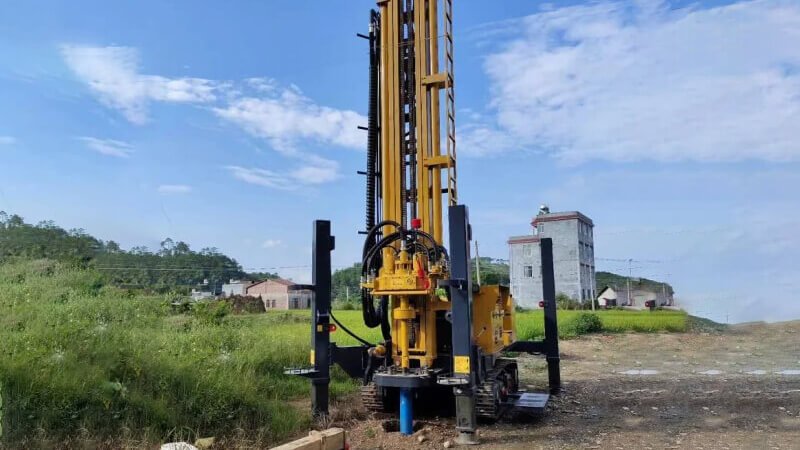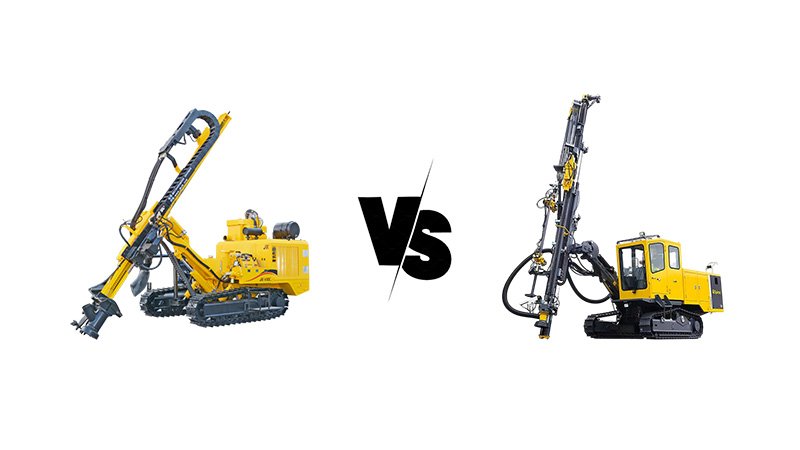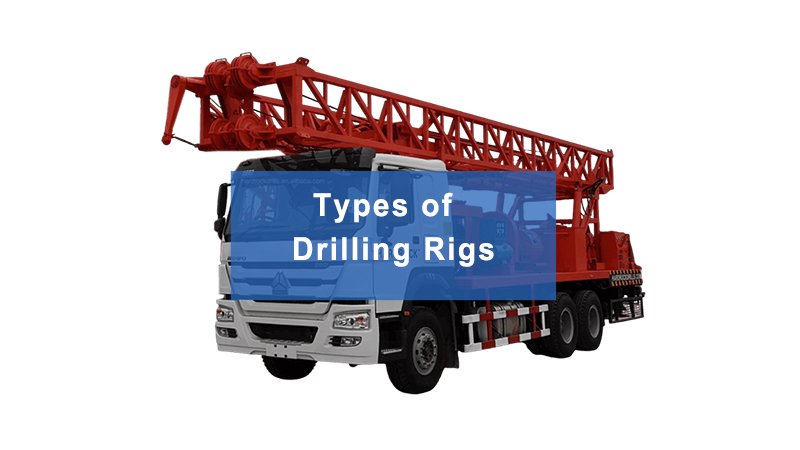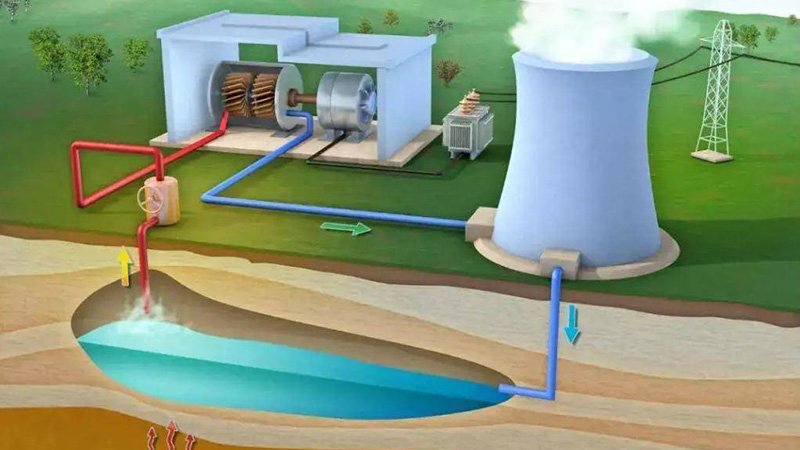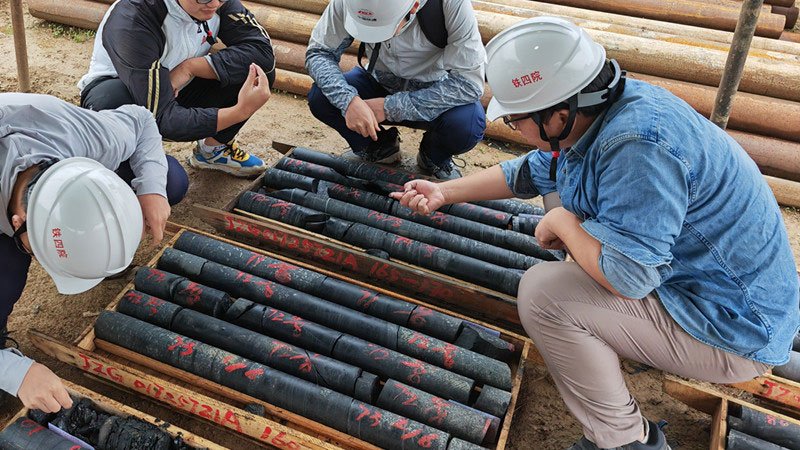Overwhelmed by rig choices for your water well projects? The wrong rig means wasted money, slow progress, and project failure. Key considerations ensure you invest wisely.
Consider drilling depth and diameter, rig type for geology, total costs (purchase and operating), and vital after-sales support including training and parts. These factors ensure your rig meets project needs effectively.
Choosing a water well drilling rig is a big decision. It's not just about the initial price. It's about finding a machine that will perform reliably for years. At Hardrock, we've helped many clients like Mohammed Al-Rahman make this choice. Let's break down what you need to think about.
[^1]: Understanding drilling depth and diameter is crucial for selecting the right rig and ensuring project success. Explore this link for expert insights.
What Key Technical Specifications Determine a Rig's Capability?
Unsure which technical specs truly matter for a rig? Misinterpreting specs leads to underpowered or over-specced, costly rigs. Focus on core specs that define performance.
Key specs include drilling depth/diameter capacity, pullback/pulldown force, torque, engine power, and pump capacity (mud/air). These directly impact the rig's ability to handle target formations and well designs efficiently.
Let's explore these technical specifications more closely. They are the numbers that tell you what a rig can really do.
- Drilling Depth and Diameter: This is fundamental. How deep do you need to drill? What diameter will your wells be? Your rig must comfortably exceed your maximum planned depth and diameter. For example, if you often drill 150-meter wells, a rig rated for 200 meters gives you a good safety margin. I always advise clients to think about their typical and their most challenging projects.
- Pullback and Pulldown Force: Pullback (or hoisting capacity) is the force the rig can exert to lift the drill string, casing, and overcome friction. This is crucial, especially in deep wells or when retrieving stuck tools. Pulldown is the downward force applied. Some formations need more, others less.
- Rotary Head Torque and Speed: Torque is the rotational force. More torque is needed for larger diameters and tougher formations. Speed (RPM) is also important. Different drilling methods (mud rotary, DHH) have optimal RPM ranges.
- Engine Power (HP/kW): The engine powers everything. An underpowered engine will struggle, reducing efficiency and lifespan. Ensure it's adequate for the rig's hydraulic demands and drilling conditions. Consider brands known for reliability in your region.
- Mud Pump / Air Compressor Capacity: For mud rotary, the pump's flow rate (LPM or GPM) and pressure (Bar or PSI) are critical for flushing cuttings. For air drilling, the compressor's Free Air Delivery (CFM) and pressure determine its effectiveness.
Here's a table to illustrate typical ranges for different needs:
| Specification | Small Scale / Shallow Wells | Medium Scale / Moderate Depths | Large Scale / Deep Wells |
|---|---|---|---|
| Depth Capacity | < 100m (330 ft) | 100m - 300m (330 - 1000 ft) | > 300m (1000 ft+) |
| Pullback Force | 3-5 tons | 6-15 tons | 15 tons+ |
| Torque | 2000-4000 Nm | 4000-8000 Nm | 8000 Nm+ |
| Mud Pump Flow | 200-500 LPM | 500-1000 LPM | 1000 LPM+ |
| Air Compressor CFM | 250-500 CFM (if air) | 500-900 CFM (if air) | 900 CFM+ (if air) |
Understanding these helps you compare rigs from Hardrock or other suppliers effectively. We manufacture our rigs in China, leveraging over 8000 square meters of factory space and a 15-person R&D team across 3 production lines, ensuring quality control.
How Do Different Rig Types Match Varying Geological Conditions?
Unsure which rig type suits your local geology? Using the wrong rig type means slow progress, stuck tools, and project failure. Match the rig to the ground.
Mud rotary rigs suit soft to medium formations. Air rotary/DHH rigs excel in hard rock. Auger rigs are for shallow, soft soils. Consider combination rigs for mixed geologies often found in regions like Africa or Southeast Asia.
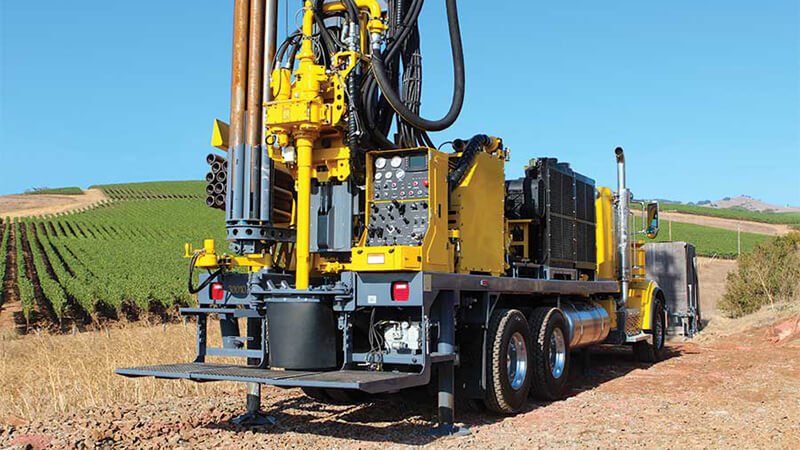
The ground you drill in dictates the best rig type. There's no one-size-fits-all solution. At Hardrock, we always ask about the geology first.
- Soft to Medium Formations (Clays, Sands, Gravels):
- Mud Rotary Rigs: These are very common for water wells in alluvial plains or areas with softer sediments. The drilling mud helps stabilize the borehole and remove cuttings. Our Hardrock range includes robust mud rotary options perfect for many parts of Africa and Southeast Asia.
- Auger Rigs: Good for very shallow, soft, and stable ground. They are simple but limited in depth and material.
- Hard Rock Formations (Granite, Basalt, Sandstone):
- Air Rotary Rigs with DHH (Down-the-Hole Hammer): This is the go-to for hard rock. The hammer acts like a jackhammer at the bottom of the hole, efficiently breaking the rock. This is vital in many parts of the Middle East and some African regions.
- Mixed or Unconsolidated Formations (Boulders, Cobbles):
- Casing Advancement Systems: Rigs equipped with casing advancers (overburden drilling systems) can be very useful in loose, bouldery ground to prevent borehole collapse. This is a feature Mohammed Al-Rahman in the UAE often looks for, and we can integrate these into our customized solutions.
- Portability and Access:
- Truck-mounted rigs: Good for accessible sites.
- Trailer-mounted or Skid-mounted rigs: Better for rough terrain or remote locations. We offer various mounting options.
Here's a quick guide:
| Rig Type | Common Geology | Advantages | Disadvantages |
|---|---|---|---|
| Mud Rotary | Clays, silts, sands, soft rock | Good hole stability, versatile | Needs water, mud disposal |
| Air Rotary/DHH | Hard, competent rock | Fast in rock, less water needed | Can be dusty, struggles in loose ground |
| Auger | Soft, cohesive soils, shallow depths | Simple, low cost for shallow | Limited depth/diameter, struggles in rock |
| Combination | Mixed formations (soft, hard, loose) | Versatile, can switch methods | More complex, potentially higher cost |
Choosing the right type for your primary geological challenges is a cornerstone of profitable drilling. Our clients, from engineering contractors to government water departments, rely on this expertise.
What Are the Expected Purchase and Long-Term Operating Costs?
Focusing only on purchase price risks high long-term costs? Unexpected operating expenses can cripple profitability. Evaluate total cost of ownership thoroughly.
Beyond initial purchase, consider fuel, maintenance, drill tooling, spare parts, and labor. A cheaper rig with high operating costs or poor reliability can be more expensive long-term. We at Hardrock emphasize total value.

The sticker price is just the beginning. A smart buyer, like my client Mohammed who procures for his drilling service company, looks at the Total Cost of Ownership (TCO). This includes:
- Initial Purchase Price: This varies widely by rig size, capability, brand, and origin (e.g., China, Europe, USA). Our Hardrock rigs from China offer a strong balance of top quality and cost-effectiveness.
- Fuel Consumption: This is a major daily expense. Look for rigs with fuel-efficient engines. The cost of diesel can significantly impact your profit margins, especially on long projects.
- Maintenance Costs: Regular maintenance is vital. Factor in costs for oil, filters, hydraulic fluid, and wear parts. Rigs designed for easy maintenance save time and money. We design Hardrock rigs with accessibility in mind.
- Drill Tooling: Drill rods, bits, DHH hammers, and other consumables wear out. Their cost and lifespan vary. Investing in top-quality tooling, which we also supply as part of our product range (air compressors, mud pumps, bits, rods), often pays off.
- Spare Parts: Availability and cost of spare parts are crucial (more on this later). Long downtimes waiting for parts are expensive.
- Labor Costs: Skilled operators and crew are essential. While not a rig cost, rig complexity can influence training needs and labor costs.
Consider this simplified cost breakdown:
| Cost Category | % of TCO (Approximate) | Notes |
|---|---|---|
| Initial Purchase | 30-50% | Spread over the rig's lifespan |
| Fuel | 20-30% | Varies with usage and fuel price |
| Maintenance | 10-15% | Includes routine servicing and minor repairs |
| Tooling | 10-15% | Bits, rods, hammers wear out |
| Major Repairs | 5-10% | Engine/pump overhauls over many years |
Being a B2B wholesale supplier, we understand that our clients, whether they are drilling contractors or equipment rental companies, need rigs that are not just affordable to buy but also economical to run. That's why we focus on durable components and efficient designs.
Why Are Manufacturer Support, Training, and Parts Availability Crucial?
Underestimating after-sales support can leave you stranded? A broken rig without support means costly downtime and lost contracts. Prioritize strong manufacturer backing.
Reliable manufacturer support, comprehensive operator training, and readily available spare parts are critical for minimizing downtime and maximizing your rig's operational life. These factors are as important as the rig's technical specs.
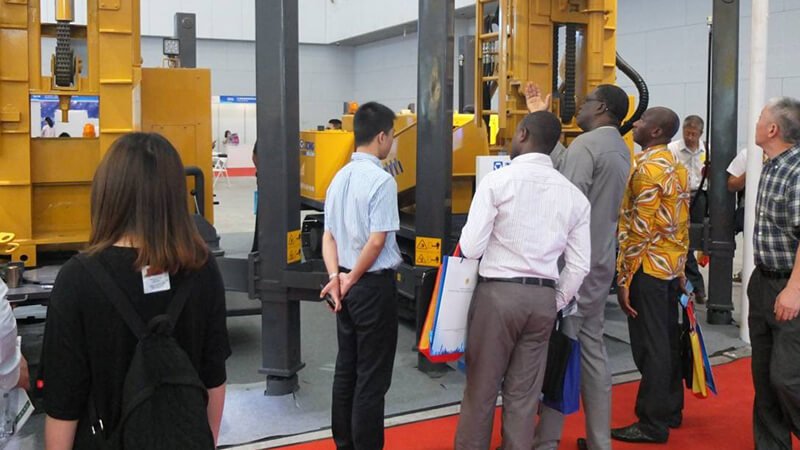
A drilling rig is a complex piece of machinery. Even the best rigs will eventually need service and parts. This is where your relationship with the manufacturer, like us at Hardrock, becomes vital.
- Manufacturer Support & Warranty: What kind of warranty is offered? How responsive is their technical support? Can they help troubleshoot problems remotely or provide field service if needed? Language barriers can be an issue, so clear communication, like using WhatsApp as Mohammed prefers for daily communication, is key. We at Hardrock pride ourselves on our responsive support for our main export regions like Africa, the Middle East, Southeast Asia, North America, and Europe.
- Operator Training: A well-trained operator can drill more efficiently, reduce wear and tear, and identify potential problems early. Does the manufacturer offer training? Is it comprehensive? We provide training to ensure our clients get the most from their Hardrock rigs. This is especially important as finding qualified operators is a common pain point.
- Spare Parts Availability: This is huge. How quickly can you get critical spare parts? Long lead times mean your rig sits idle. We maintain a stock of common spares and have efficient logistics to our main export regions. Concerns about counterfeit parts are valid, so buying genuine parts from the manufacturer or authorized dealers is important.
- Technical Documentation: Clear and comprehensive manuals for operation, maintenance, and parts are essential. These should be available in a language your team understands.
Here’s why these matter:
| Support Aspect | Impact of Poor Provision | Benefit of Good Provision |
|---|---|---|
| Technical Support | Extended downtime, incorrect repairs | Quick problem resolution, less downtime |
| Training | Inefficient operation, rig damage | Optimized performance, longer rig life |
| Spare Parts | Very long downtime, lost revenue | Minimal downtime, continuous operation |
| Documentation | Confusion, errors in service | Clear guidance, correct maintenance |
For our clients in engineering, construction, mining, or government water projects, uptime is money. My name is Havy Chen, and you can reach me at info@hardrock-drill.com. We at www.hardrock-drill.com believe that excellent after-sales service is a key feature of our top-quality, customizable drilling solutions, promoted through channels like Alibaba, exhibitions, and Google.
Conclusion
Choosing the right water well rig involves balancing technical needs, geological realities, total costs, and strong manufacturer support. Proper consideration ensures a profitable, long-term investment for your drilling business.

